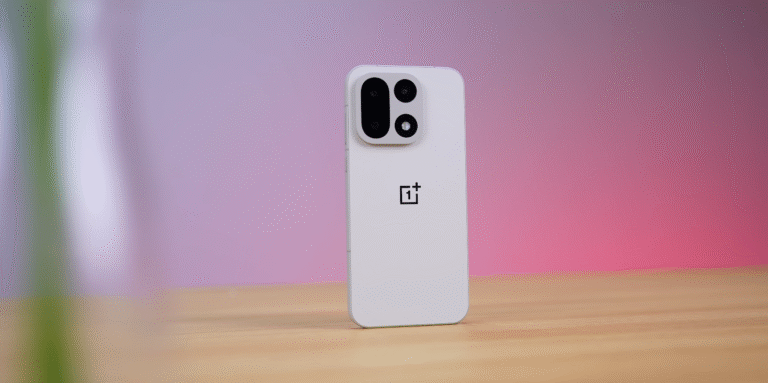POCO F8 Pro vs foldables: do you still need a fold at this price?

A Straight Talk on Whether a Foldable Makes Sense in 2025 UK
If you’re weighing the choice between the POCO F8 Pro and spending that budget—or more—on a foldable device, this article breaks down whether a foldable is actually necessary in 2025. The F8 Pro delivers flagship hardware at a relatively accessible price, while foldables offer novel form-factors and features, but with higher cost and certain compromises.
The F8 Pro is built around delivering high performance, strong specs and value. For everyday UK usage such as streaming, gaming, social media, photography and multi-tasking in standard form-factor, the F8 Pro covers all bases. You get a modern display, powerful chip, generous RAM/storage and solid camera set—all of which matter more to daily use than form-factor novelty for many users.
Foldable phones, by contrast, bring advantages that are particularly relevant if your habit involves heavy multitasking, larger screen consumption or work-style usage on the go. The ability to open a big display for split-screen apps, editing documents, doing more with a single device instead of tablet plus phone is where foldables show real strength. But these advantages come with trade-offs: higher price (often £1,000+ in the UK), added weight and thickness, potentially more fragile hinges and repair costs, and sometimes compromises in battery life due to larger display area.

For the typical UK buyer who uses their phone for daily apps, communication, some photography and gaming, the extra benefits of a foldable may not be essential. If you don’t frequently switch between many open apps, or don’t use the device as your main workstation, the F8 Pro will more than satisfy. You’ll be saving money and getting flagship grade specs without paying for features you might rarely use.
That said, if you are a heavy user: someone who often edits video, uses your phone for productivity tasks, reads long documents, multitasks with many apps side-by-side, or wants to minimise carrying a separate tablet—then a foldable could be worth the premium. In that scenario, the bigger screen and unique form-factor might change your workflow significantly and justify the higher cost.
In making your decision in the UK market, it’s also worth considering future resale value, durability and repair costs. Foldables still tend to depreciate more and incur higher repair costs if the fold mechanism or screen fails. A standard flagship like the F8 Pro avoids many of those risks and is better proven in terms of durability and accessory ecosystem.
Overall, unless you strongly know you will use the foldable-specific features, the POCO F8 Pro is likely the smarter buy for value, longevity and everyday practicality. The novelty of folding is tempting, but it doesn’t automatically translate into better value. If you prefer the best hardware you can get for your money and don’t need the fold, go for the F8 Pro. If you do need the bigger screen and are comfortable with the cost, go for a foldable—but only if those extra features will genuinely improve your daily use.




